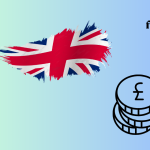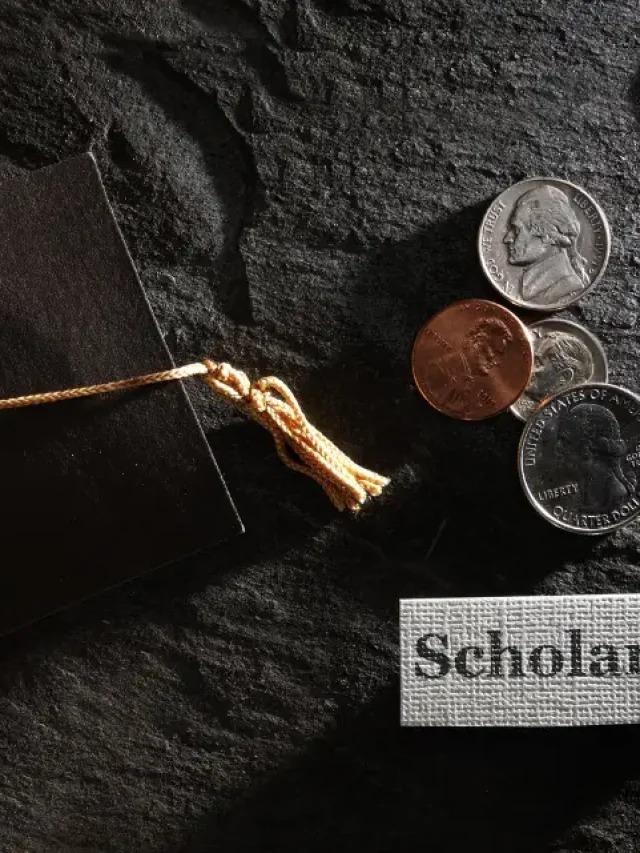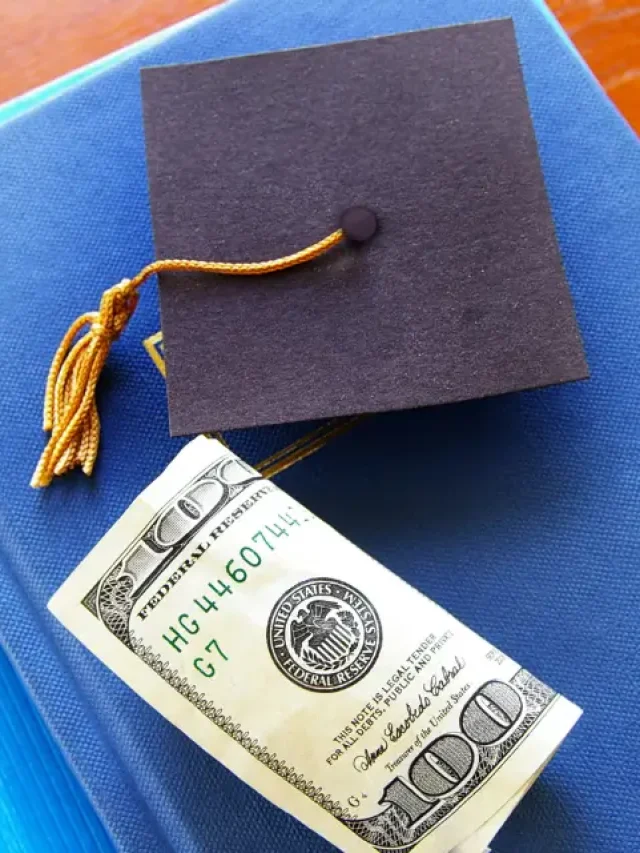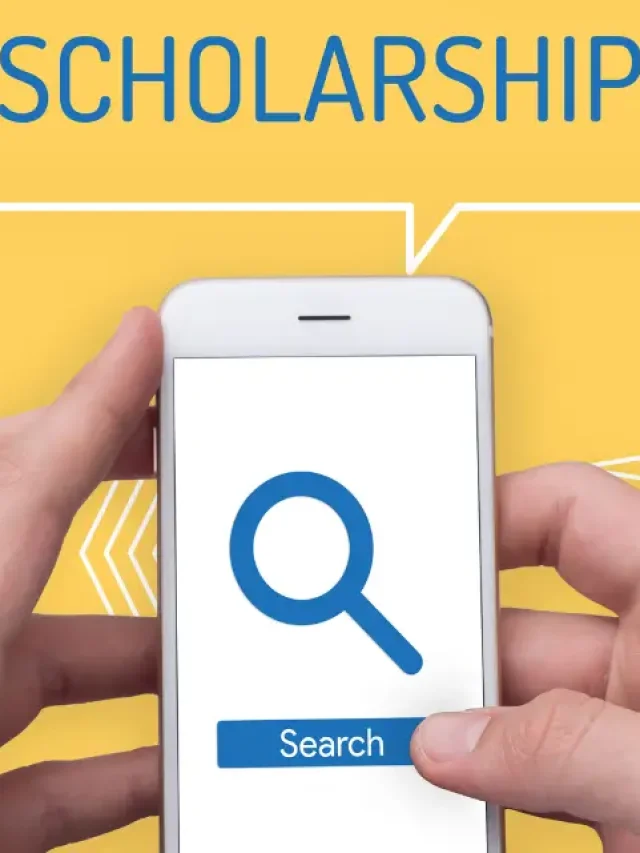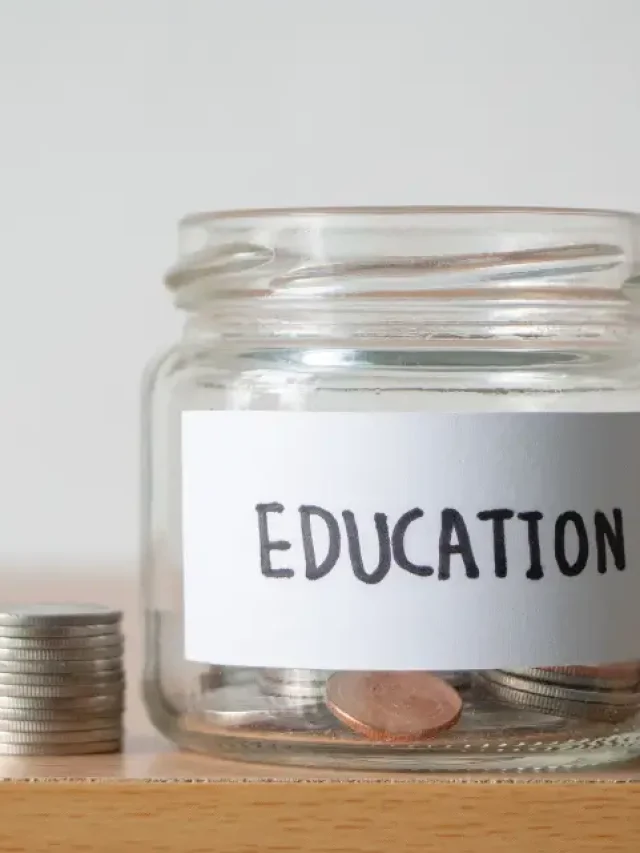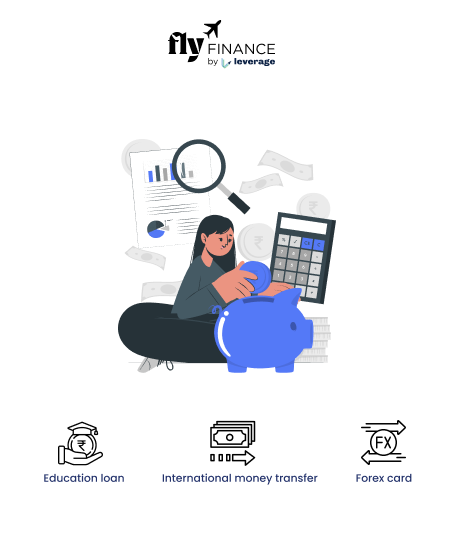Digital payments have made banking faster and easier. One important tool that helps with this is the Virtual Payment Address (VPA). In India, you use it to make payments through UPI (Unified Payments Interface).
If you’re new to banking, especially as an international student planning to make payments (like tuition fees) or money transfers, understanding VPA is essential. This guide breaks it down in simple terms.
This Blog Includes:
What is VPA in Banking?
The full form of VPA in banking is Virtual Payment Address. It’s a unique identifier (like an email ID) used to send/receive money via UPI (Unified Payments Interface).
- Instead of sharing bank details (account number, IFSC), you simply share your VPA for transactions.
- Example: yourname@upi (e.g., john@oksbi, priya@ybl).
Why Do We Need VPA?
A Virtual Payment Address is a simple and secure way to make online payments. It eliminates the need for sharing sensitive bank details and makes the payment process faster and more efficient.
VPA makes online payments easy and safe. Here’s why people use it:
- No Need to Share Bank Details: A VPA keeps your bank account details private, reducing the risk of fraud.
- Instant Transfers: Payments are processed in real-time, even on weekends and holidays, ensuring quick transactions.
- Ideal for Regular Payments: VPA is perfect for managing recurring payments like tuition fees, subscriptions, or utility bills.
- Reduces Errors: It eliminates the need to enter long account numbers, minimizing the chances of mistakes during payments.
What Does a VPA Look Like?
Virtual Payment Address acts like an email ID for your bank account, simple, secure, and easy to remember. A VPA looks like this: username@bankhandle
- username: You choose this (like your name or mobile number).
- bankhandle: This depends on your UPI app or bank.
Let’s break it down:
username: This is the name or phrase you choose yourself. It could be your name, mobile number, or any custom text (e.g., rahul123, sneha98, 9876543210).
bankhandle: This part is linked to the UPI app or bank you’re using. Each app or bank has its own handle, like @ybl for PhonePe or @okhdfcbank for Google Pay.
Examples of VPA
VPA and UPI ID mean the same thing. They both point to your bank account so others can send you money. Different UPI apps may use different terms, but they all work the same way.
| UPI App | Sample VPA |
| PhonePe | – yourname@ybl – yourphonenumber@ybl |
| Google Pay | – yourname@okhdfcbank or – yourphonenumber@oksbi or – youremailid@okhdfcbank |
| Paytm | – yourname@ptyes or – yourphonenumber@pthdfc |
| BHIM | – yourname@upi – yourphonenumber@upi |
You can share this VPA with others to receive money or use it to pay bills, transfer funds, or shop online. It’s quick, safe, and removes the hassle of remembering or typing long bank details.
Also Read: How to Do Money Transfer from USA to India in 2025?
How to Create Your VPA?
Creating a Virtual Payment Address is simple and takes just a few minutes using any UPI-enabled app. Setting up a VPA allows you to make quick, secure transactions without sharing your bank details.
Check out the steps below to create your VPA below-
- Download a UPI App:
Choose any popular UPI app such as Google Pay, PhonePe, Paytm, or BHIM from your phone’s app store. - Sign Up with Your Mobile Number:
Register using the mobile number linked to your bank account. This is crucial, as UPI uses your mobile number to connect with your bank. - Choose a VPA:
Pick a unique VPA such as john@oksbi or megha@okicici. Some apps may offer suggestions or generate a default VPA for you, which you can customise later. - Link Your Bank Account:
Select your bank from the list provided. The app will automatically fetch your account details if your number is correctly linked to the bank. - Set a UPI PIN:
This is a 4- or 6-digit PIN used to authorise and confirm payments. You’ll need your debit card details to set this up. - You’re Ready!
Once these steps are complete, you can start sending and receiving money using your VPA.
All About VPA for International Students
Whether you’re an international student studying in India or an Indian student heading abroad, understanding how Virtual Payment Address works is important for managing your finances.
VPA is a convenient way to send and receive money using UPI (Unified Payments Interface), but it comes with certain limitations, especially for international use.
Let’s explore all about Virtual Payment Address, it’s usage, and alternatives for international payments.
Can I Use VPA Outside India?
Yes, but with some conditions. If you’re planning to use Virtual Payment Address while outside India, here’s what you need:
- An Indian bank account linked to your UPI app
- An Indian mobile number registered with your bank
- A UPI app that works internationally (some apps may not function abroad)
So, if you’re an Indian student going abroad, set up your VPA and UPI before you leave India. Once set up, you may still be able to use the UPI app while abroad, depending on your app’s international support.
Can I Pay Tuition Fees Using VPA?
Yes, if you’re paying to an Indian institution. Many colleges and universities in India accept UPI payments for:
- Tuition fees
- Hostel charges
- Exam or admission fees
Using a Virtual Payment Address can save you time and hefty bank charges that come with international wire transfers.
Now, for Indian students studying abroad, VPA generally cannot be used to pay foreign university fees, as most international institutions do not support UPI.
You’ll need to use other payment methods like Forex cards, international bank transfers, or platforms like Fly Finance.
Can I Receive Money from Abroad Using VPA?
Not directly. Virtual Payment Address works best for transactions within India. If someone from another country tries to send money to your VPA, the transaction will fail.
To receive money from abroad, use:
- SWIFT transfers – These require your bank account number, SWIFT code, and IFSC
- Money transfer apps – Apps such Fly Finance, Wise, Remitly, or Western Union help you with the cheapest money transfers abroad.
Also Read: Tax Implications of Money Transfers from Canada to India
If you’re an Indian student abroad receiving funds from home, your family should use these international money transfer services instead of Virtual Payment Address.
What If VPA or UPI Doesn’t Work Abroad?
Here are some options:
NEFT or IMPS: You can still receive money directly to your Indian bank account using your account number and IFSC code. To explore the best option best money transfer option for international students, check a detailed comparison on IMPS vs NEFT.
UPI Global: This is a new feature allowing UPI payments in select countries like Singapore, UAE, Bhutan, and Nepal. If you’re in one of these countries and your bank supports UPI Global, you may be able to use VPA for local purchases.
However, UPI Global is still in early stages, so it’s best to keep alternative options ready.
Quick Tips for Students:
International students in India: Open an Indian bank account, get a local SIM, and set up UPI and VPA for easier payments during your stay.
Indian students going abroad: Set up your UPI and VPA in India before leaving. While VPA may not work abroad for all payments, it can still be useful for managing Indian accounts or transactions back home.
To sum up, a Virtual Payment Address is a simple, secure way to send and receive money in India using UPI. If you’re living or studying in India, or planning to send money here, learning how to use a VPA can save you time and effort.
Check out the FAQs below for more information.
FAQs
VPA stands for Virtual Payment Address. It’s a unique ID used for sending or receiving money via UPI without sharing your bank account details.
Yes, VPA and UPI ID are the same. Both act as digital addresses linked to your bank account for secure payments using UPI.
Yes, you can create multiple VPAs for the same bank account. For example, you might use one for personal transactions and another for tuition or rent payments.
A VPA usually follows the format: username@bankhandle
Example: rahul123@ybl or 9876543210@oksbi
No, you only need to share your VPA. The sender doesn’t need your account number or IFSC code.
Yes, international students can use VPA if they have:
– An Indian bank account
– An Indian mobile number
– A UPI-enabled app (like PhonePe, Google Pay, or Paytm)
Yes, but only if they set up UPI and VPA while in India and continue using a registered Indian SIM. Some apps may not work abroad, so check app support and network access.
Yes, many Indian institutions accept UPI payments via VPA. However, foreign universities usually don’t support UPI, so Indian students abroad should use other payment methods like Fly Finance, Forex cards, or SWIFT transfers.
No, you cannot receive international payments directly to a VPA. Instead, use:
– SWIFT transfers (with account number & IFSC)
– Money transfer apps like Wise, Remitly, or Western Union
Try alternatives like:
– NEFT/IMPS (using bank account & IFSC)
– UPI Global (if you’re in a supported country like Singapore or UAE)
– International money transfer platforms
To learn more about education loans, the best bank accounts for students, forex, and banking experience for global students or international money transfers, reach out to our experts at 1800572126 to help ease your experience with studying abroad.
| Additional Reads | |
| Full Form of CIBIL | Full Form of NBFC |
| Full Form of KYC | Full Form of POS |
| Full Form of NPA | Full Form of PAN |
| Full Form of CIF | Full Form of EMI |
| Full Form of NACH | Full Form of DPD |
Follow Us on Social Media








